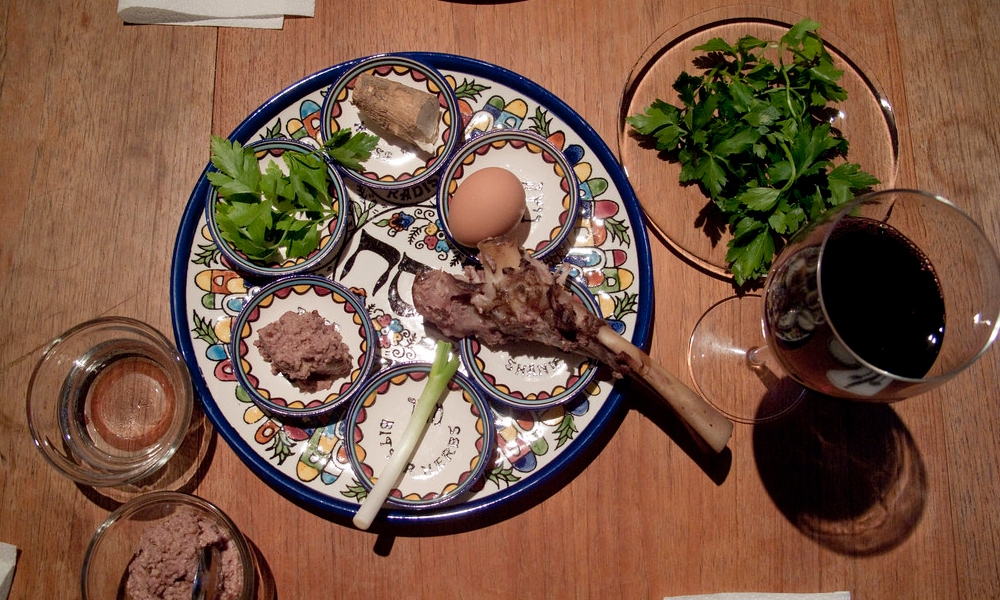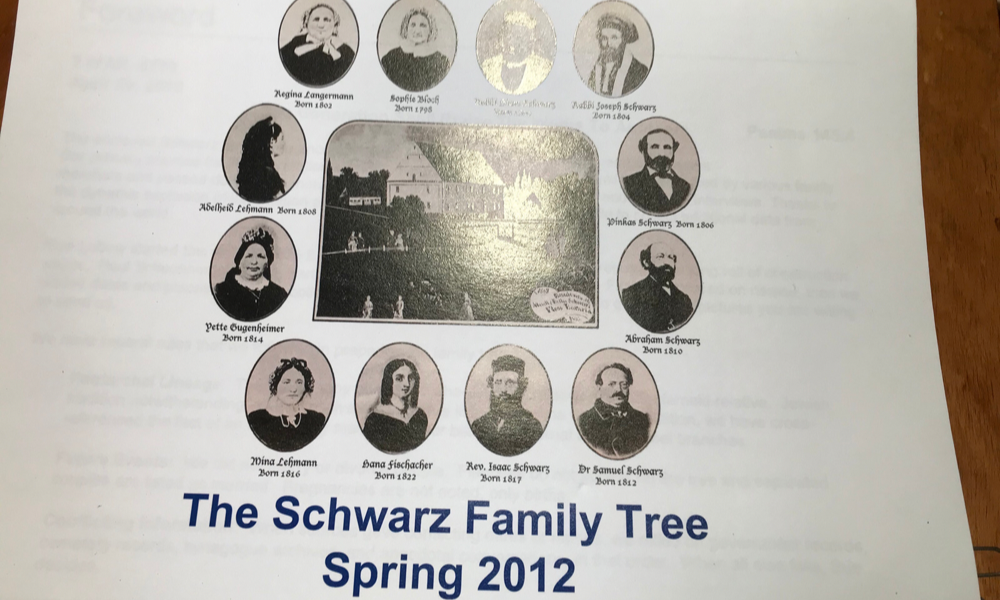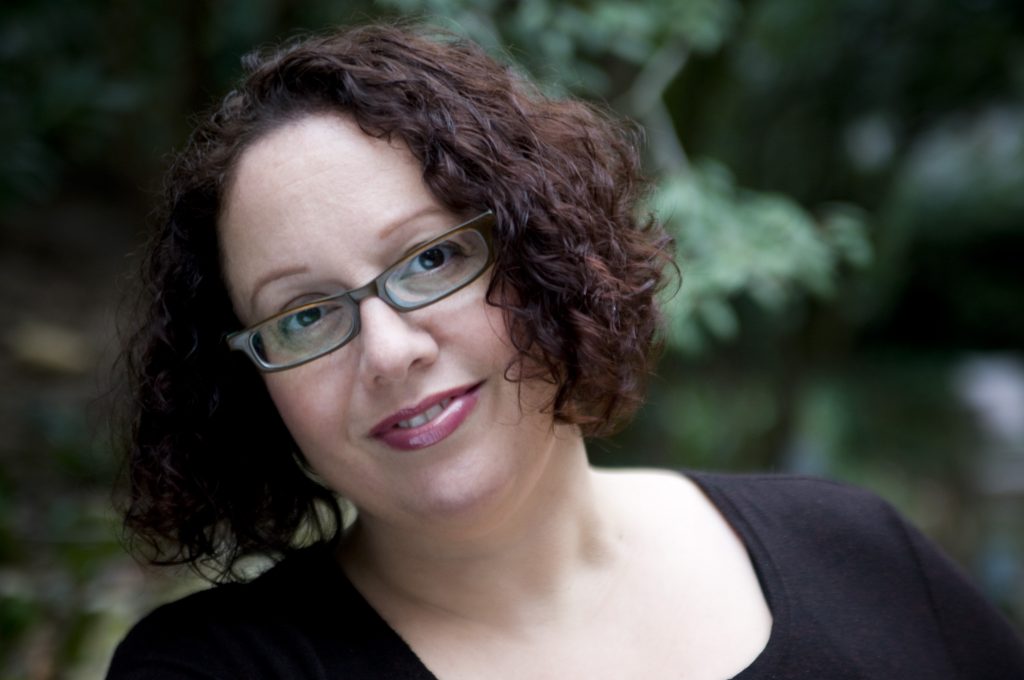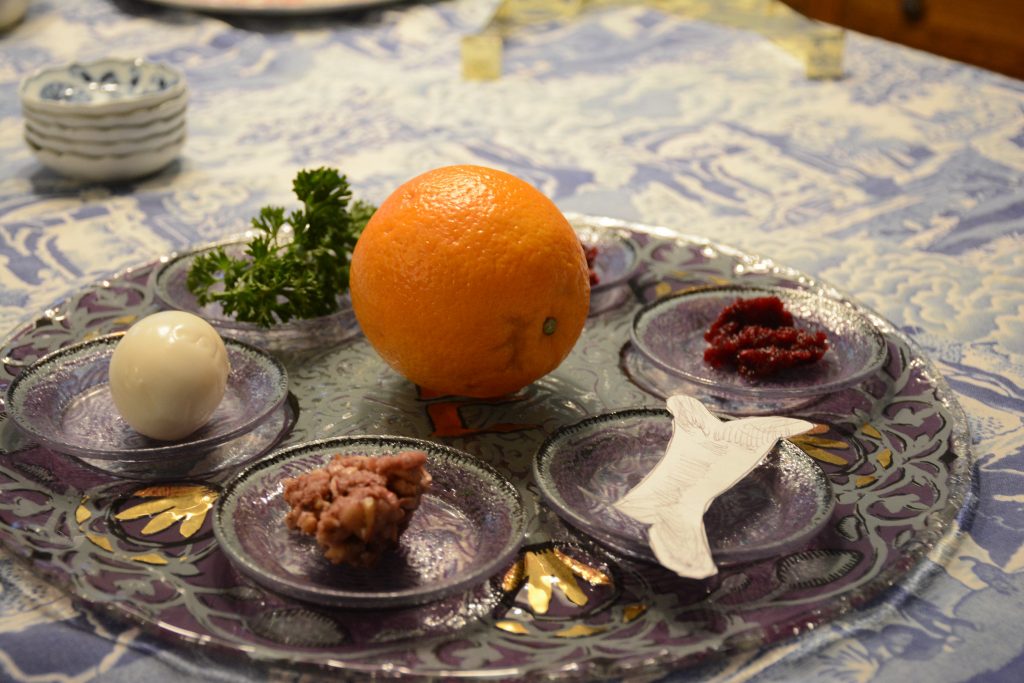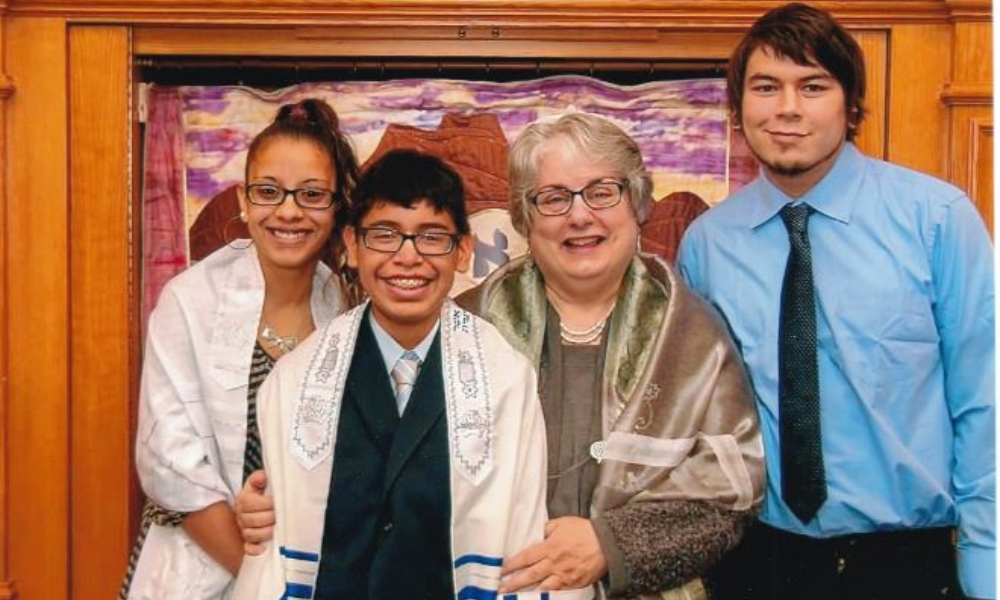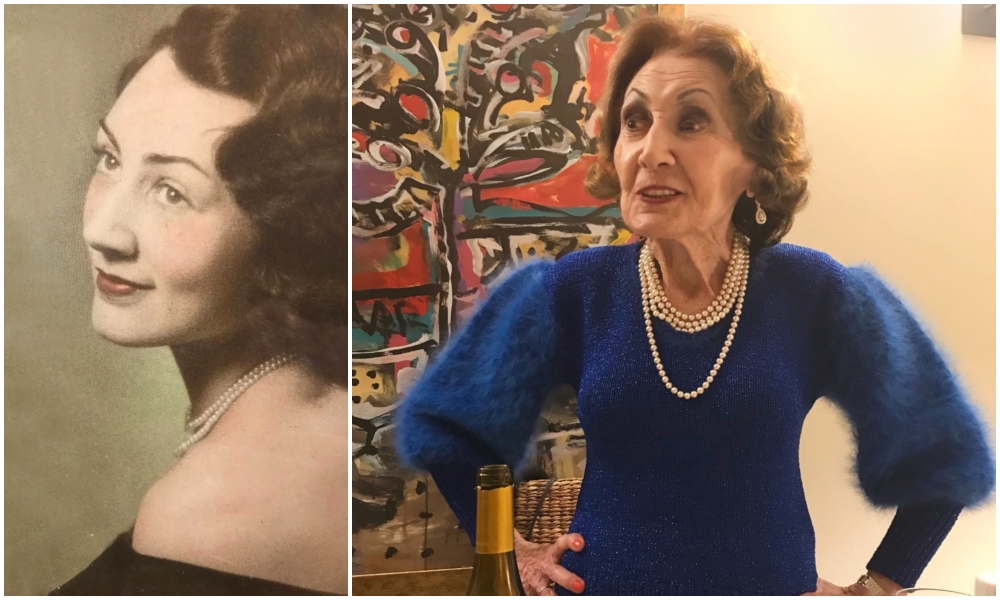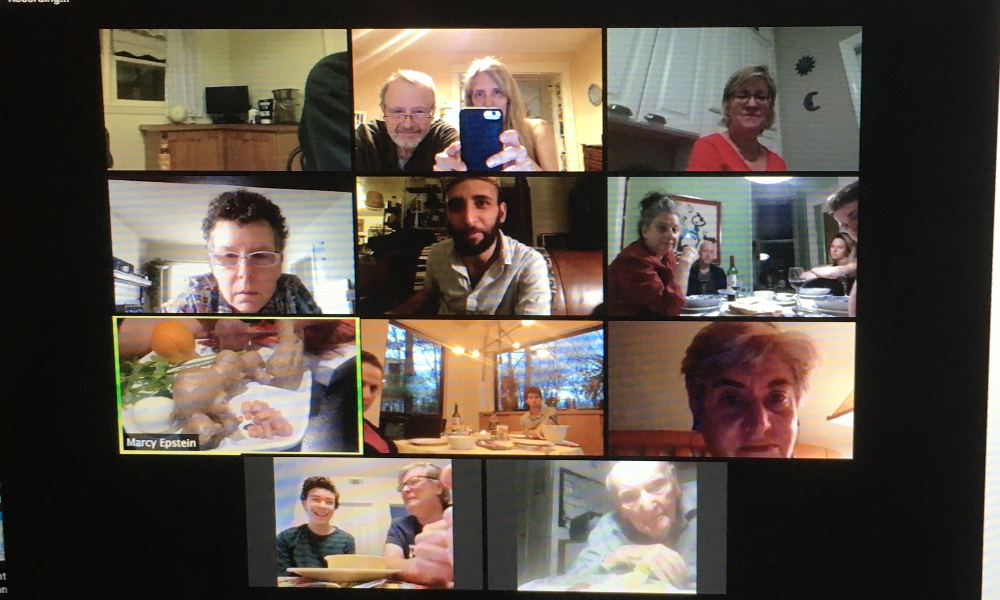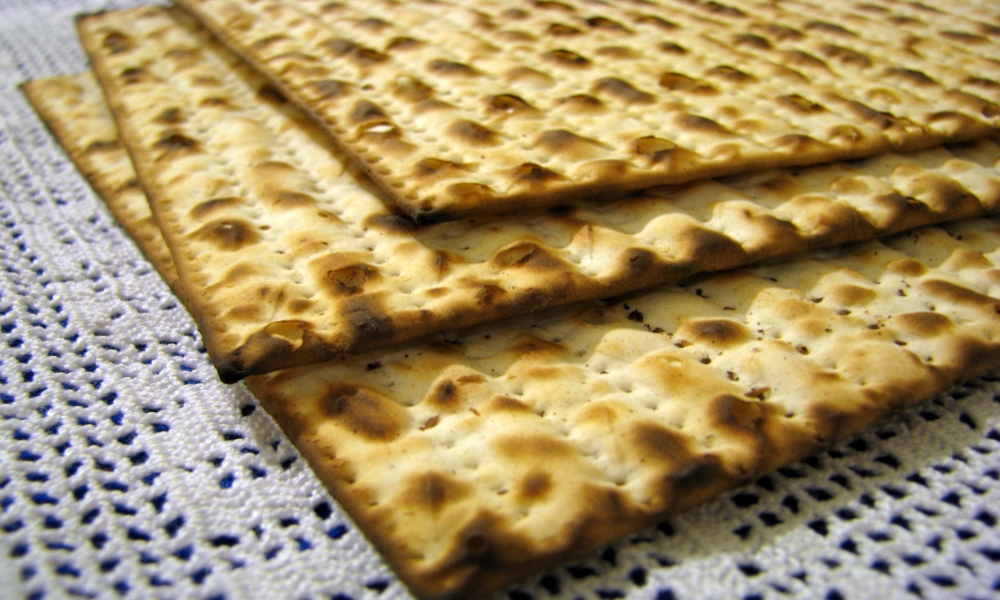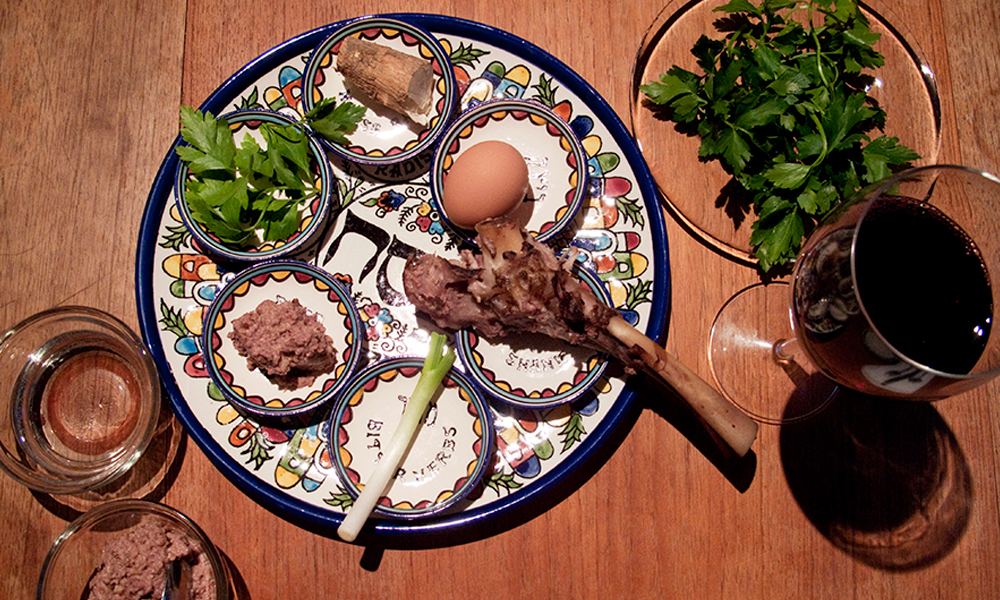Though Rachel never felt it, her family was poor. She liked visiting friends who came from smaller families, had more room in their homes, and whose mothers served rich cakes. But her parents, Blima and Moshe, managed to eke out a living for their growing brood, and she never went hungry.
The Genuths, among 10,500 Jewish residents of Sighet (comprising 40 percent of the town’s population), lived in a three-room apartment near shops, a movie theater, synagogues and churches. Most importantly, they lived in the same long yard as Rachel’s grandmother Chaya, to whom Rachel and her siblings ran whenever Blima scolded them. It was Chaya who never let Rachel or her older sister Elisabeth forget that they must help those less fortunate. Never mind that Blima sold gifts of toys they received. Never mind that patches extended the wear of their clothes. Chaya had them collecting food to bring to an asylum on the outskirts of town. She modeled charitable behavior in all her actions—in tending to sick relatives and friends in need; in running their poultry business, where even customers who did not pay were treated nicely.
By the time Rachel was 12, she had large responsibilities—at home, tending to her younger siblings and performing chores; at work, delivering orders for and helping her grandmother. There was no time for a childhood in wartime, not for the second oldest.
In 1942, Moshe, 41 and with a sixth child on the way, was conscripted into Hungarian forced labor. Four seasons came and went. No word from Moshe. Of the 15,000 Jewish draftees from northern Transylvania, few had come back. Finally, on one glorious day in May 1943, Blima received notice that her husband was in a hospital and she could pick him up.
From the moment of his return, Rachel would not leave her father’s side. Sitting at his feet, she listened, month after month, as Moshe greeted those who came from near and far to ask whether he had seen their father, husband, son or brother. He comforted callers—their loved one was okay; they should have hope.
Rachel’s heart broke when she learned the truth. Moshe told a few elders that Hungarian guards tortured the ill-clad, poorly-fed laborers for the most trivial offenses or none at all. Severely weakened, many who did not die early on contracted typhus. In April 1943, 670 men were forced into a large barn in the Ukrainian village of Dorosics. Dozens died each day. On April 29, just after Passover’s end, the Hungarians secured the barn doors from the outside with wire, poured gasoline around the structure’s perimeter, and set it on fire. Machine guns took down those who tried to run away. Moshe was among the few who escaped the conflagration and slaughter.
Nearly one year later, on April 7, 1944, Moshe sat at the head of the seder table, a pillow symbolizing freedom at his side. Having scrimped and saved, he and Blima were able to provide their children with new clothes. They had also prepared special foods—flanken, latkes, gefilte fish—that Rachel so loved.
Sixteen-year-old Elisabeth sat nearest the door, and Blima sat next to Moshe, near the counter and stove. Next to Blima sat Chaya; together they spoke of the wondrous liberation of the Israelites. Between Chaya and Rózsi—18 months old and in her high chair—sat Rachel. Opposite Rachel sat six-year-old Faige, whose eyes, blue like those of all the Genuth children, appeared large in her round face. Ten-year-old Judy sat between Faige and Aunt Zseni (Rachel’s uncle’s wife)—eight months pregnant and unsure of the whereabouts of her husband, Yossel, who had been drafted into forced labor. Her baby slept in the nearby crib. Twelve-year-old Yitzhak sat between Moshe and Faige.
After the festive meal Yitzhak found the afikomen, the hidden piece of matzah. Everyone sang “Chad Gadya,” the song about a little goat. Though tired, the children watched with anticipation as Elisabeth rose to open the door for the prophet Elijah. As they continued to talk and sing, through the now-open door staggered their caretaker, the man who lit the fire for them on the sabbath. Pounding the table with his fist, he spoke loudly. “Good folks,” he said, “do not worry, the war will be over in one year.”
The caretaker’s prophecy would prove more accurate than the calculations of military leaders.
***
Six years later, on April 1, 1950, 20-year-old Rachel sat at the seder table of a gracious family in Stockholm. Having been orphaned in Auschwitz-Birkenau and having nearly died in Bergen-Belsen, she was—after much time in Swedish tuberculosis sanatoriums and rest homes—just beginning her adult life. She and Elisabeth lived in the cramped housing of an electric meter factory, where they worked for meager pay. When a friend at Mosaiska Församlingen (the Jewish community organization) told her about a family looking for someone to help prepare and join them for festive Passover meals, she thought it would be wonderful to attend a Seder in a Jewish home.
The Schnabels welcomed Rachel. Grandpa Schnabel explained that the skin of the onion gives the chicken soup a nice color. Grandma Schnabel and her daughter, Berta, in her thirties, showed Rachel how to make noodles with eggs and a small amount of flour.
Their seder table, with a damask tablecloth, matching plates of fine china, and crystal goblets, was as impressive as the room’s furnishings—a china cabinet, a sofa with end tables, and an Oriental rug.
Grandpa Schnabel conducted the Seder. Berta’s eight-year-old son asked the four questions. Having been promised a present, he behaved well. He liked Rachel, who made an effort to engage him. Soon after the family hired Rachel to be his nanny, she discovered her challenge: She would have to tame the boy with a violent temper.
***
April 6, 1955. Rachel, now 25, attended her first seder in yet another new land. Having just arrived in the United States, she traveled with her husband Sidney from Freeport, New York, to Lakewood, New Jersey, to spend Passover with his brother, sister-in-law and two-year-old niece. The seder table was set by her new sister-in-law, Ratza, with whom Rachel had worked in the Christianstadt labor camp. There Rachel had ladled out soup to starving inmates, most of whom toiled in the camp’s munitions factory. She had served the SS in their dining room and the guards in their watchtowers. Ratza, stronger and 11 years older than Rachel, had carried heavy bowls of vegetables from the washroom to the kitchen.
Now, more than a decade after the war, the two women were meeting as family. It meant the world for Rachel to be with hosts who so well understood where she came from, who spoke Yiddish and Hungarian, and whose traditions evoked those of her childhood in Eastern Europe.
Bernice Lerner is the author of All the Horrors of War: A Jewish Girl, a British Doctor, and the Liberation of Bergen-Belsen.
Top Photo: Robert Couse-Baker, Flickr
Moment Magazine participates in the Amazon Associates program and earns money from qualifying purchases.

